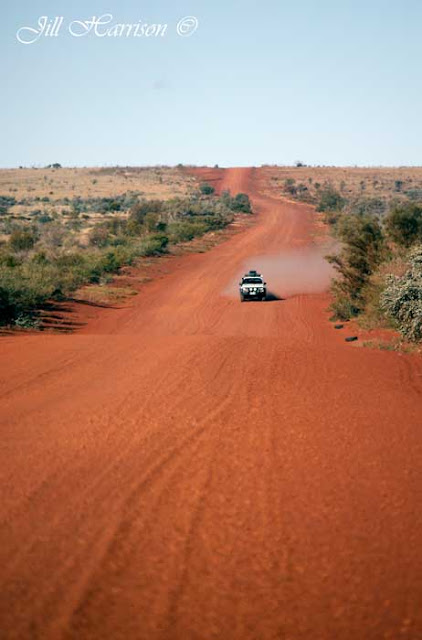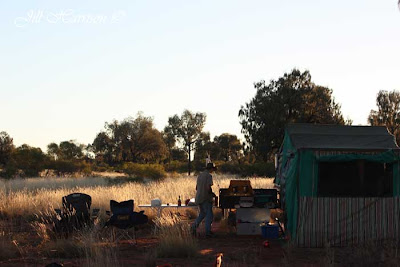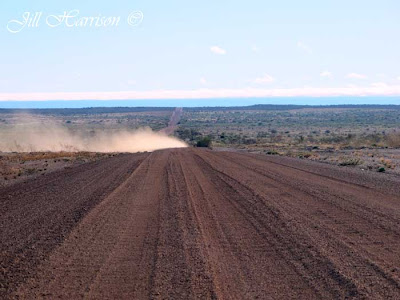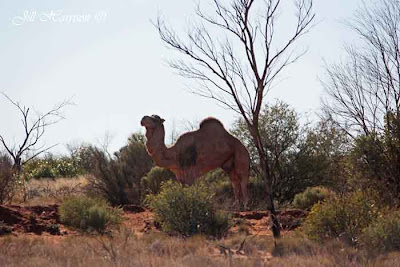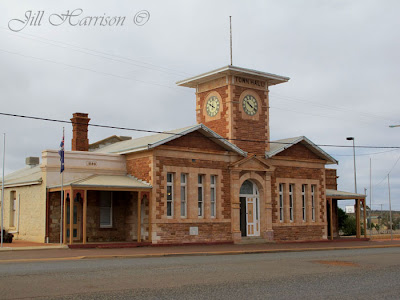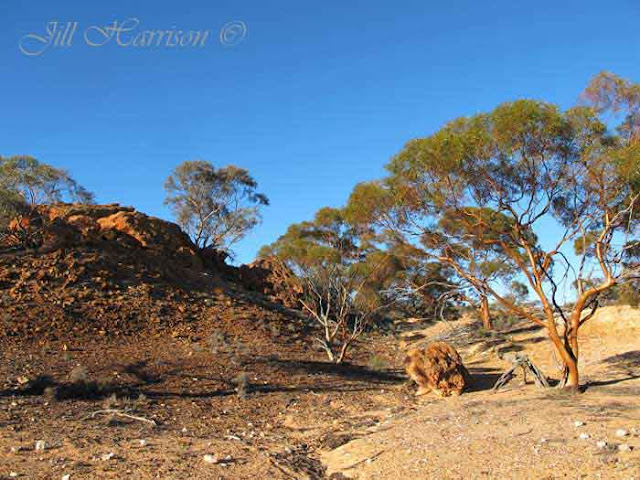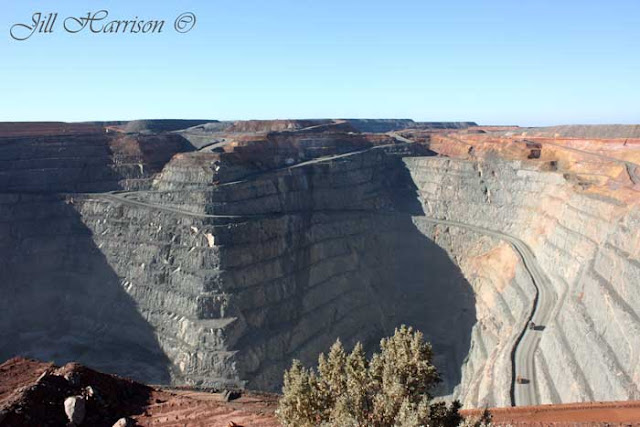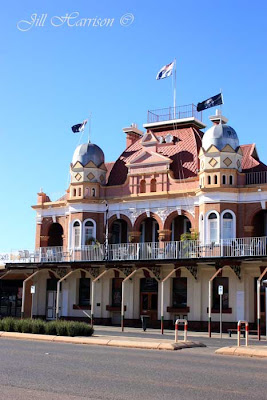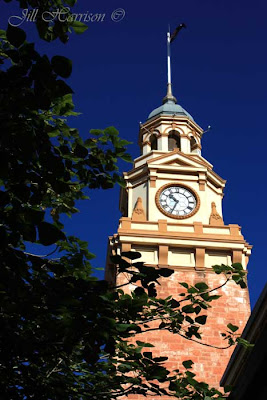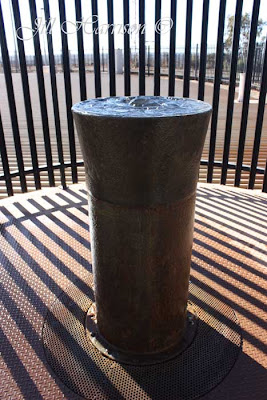Without them I would have never travelled around my wonderful state Western Australia and been able to bring these photos to you. I thank them for their support. There is so much to show you - from beautiful coastlines, to towering forests, shady pathways and river banks, to desert vistas, rugged gorges, gorgeous wildflowers, and beautiful sunsets.
When I decided to do a 52 week project, I thought about all the wonderful photos I had seen on DPS from people all over the world and I decided I wanted to share my corner of the world, Western Australia with you. I live in a truly remarkable state where you can go from oceans, to mountains, streams and gorges, rolling hills and deserts. We have it all. And I love every part of its infinite beauty.
As much as I would like to take a year off work and go touring - that might have to wait till I retire. Western Australia is huge, and as I thought about how I could possibly bring this tour to you, I realised that we had travelled over a lot of Western Australia over the last few years. So I wrote down a plan of how to travel around my State in a logical manner, starting from our capital Perth, then travelling south, then through the middle to the north and back down the coast. To cover all this ground would indeed take many months. So the photos you will see are not all new, but 90% of them have been taken in the last few years. The Kimberley leg for instance were all taken during our trip in 2009. So some photos are from my archives of thousands of photos, and some are new this year as we travel to places new to us, or we have revisited some places to bring you new photos.
I hope you enjoy the ride as I take you around Western Australia. Start from week 1 in January and work onwards through the year to December. I hope to "see" you along the track. I'll make sure the billy is boiling and the damper is on the fire cooking! Make sure you bring the marshmallows!
 |
I will be updating these posts from time to time with new images and info. So drop back and see me sometime. I look forward to seeing you up the track! Want to send me a message - drop a comment in the "comments" box at the end of any post - I look forward to hearing from you!
Of course our touring doesn't finish here - we are constantly looking for new places to visit - so if you are interested in checking out more articles about Western Australia on my blog? click here - Life Images by Jill or for my latest photos visit me at Flickr - Life Images by Jill on Flickr
Looking forward to seeing you on the road somewhere!


